The global water quality monitoring systems market is expected to grow from USD 4.20 billion in 2019 to USD 7.29 billion by 2027, at a CAGR of 7.14% during the forecast period from 2020-2027. Rise in water pollution due to industrialization is one of the key factors driving the demand for water quality monitoring systems across the globe. In addition to this, increase in prevalence of waterborne diseases, and surge in government obligations, further boosting the growth of market, over the forecast period. However, high installation and maintenance costs, are some of the key factors hampering the growth of water quality monitoring system market over the forecast period.
The water quality monitoring systems market has been segmented on the basic of type, sales channel, application, and region. Type segment includes pH sensors, DO sensors, turbidity sensors, temperature sensors, and others. PH sensors segment held largest market share of 34.80% and valued at USD 509.3 million in 2019, due to its measuring the activity of the hydrogen ions in the solutions. Sales channel segment includes direct channel and distribution channel. Distribution channel segment held largest market share of 56.20% in 2019 due to growing adoption of online as well as retail store based product buying and easy to get the product of required specification at one place.
The application segment includes utility, industrial, commercial, and residential. Utility segment held the largest market share of 33.96% in 2019, due to the technological proliferation of banking and financial processes. However, the residential segment is anticipated to grow with highest CAGR of 7.94% during the forecast period.
The market has been divided into North America, Europe, Asia-Pacific, South America, Middle East and Africa. North America held the largest market share of 36.85% in 2019. The key contributing factors for this regional growth includes number of government initiatives and laws have helped in promoting the adoption of water quality monitoring systems in this region.
Key players in the water quality monitoring systems market are Pentair plc, Danaher Corporation, Xylem Inc., ABB Ltd, Shimadzu Corporation, Emerson Process Management Limited, Kuntze Instruments, Inc., HORIBA, Ltd., Swan Environmental Pvt. Ltd, Photonics (Hangzhou), Inc.,YIWEN Environmental Science Technology Co.,Ltd, and Beijing Leader Kings Environment Security Technology CO.; LTD among others. Developing and developed countries are offering greater opportunities and major players are continuously focused on new developments, strategic partnerships, acquisitions and venture capital investments to obtain high growth in the market. In October 2018, Pentair plc announced that it has developed the new technology that allow pool owners to stay connected while saving energy, maintenance time and conserving water at the international pool and spa.
This study forecasts revenue growth at global, regional, and country levels from 2013 to 2027. Fior Markets has segmented the on the basis of below-mentioned segments:
Chapter 1 Introduction 19
1.1 Research Methodology 19
1.2 FMR Desk Research 20
1.2.1 FMR Data Synthesis 21
1.2.2 Data Validation and Market Feedback 21
1.2.3 FMR Data Sources 22
Chapter 2 Global Water Quality Monitoring Systems Market Overview 24
2.1 Water Quality Monitoring Systems Definition 24
2.2 Global Water Quality Monitoring Systems Market Size Status and Outlook (2013-2027) 27
2.3 Global Water Quality Monitoring Systems Market Size Comparison by Region (2013-2027) 28
2.4 Global Water Quality Monitoring Systems Market Size Comparison by Type (2013-2027) 29
2.5 Global Water Quality Monitoring Systems Market Size Comparison by Application (2013-2027) 30
2.6 Global Water Quality Monitoring Systems Market Size Comparison by Sales Channel (2013-2027) 31
2.7 Water Quality Monitoring Systems Market Dynamics 32
2.7.1 Market Drivers/Opportunities 32
2.7.1.1 Demand For Water Quality Monitoring Systems 32
2.7.1.2 Demand For Potable Water 32
2.7.1.3 Growing Rate Of Urbanization 32
2.7.2 Market Challenges/Risks 33
2.7.2.1 Lack Of Knowledge And High Cost Of The Devices 33
2.7.2.2 Frustration With Repair And Maintenance Costs 33
2.7.3 Market News (Mergers/Acquisitions/ Expansion) 34
Chapter 3 Water Quality Monitoring Systems Market Segment Analysis by Player 37
3.1 Global Water Quality Monitoring Systems Sales and Market Share by Player (2016-2018) 37
3.2 Global Water Quality Monitoring Systems Revenue and Market Share by Player (2016-2018) 40
3.3 Global Water Quality Monitoring Systems Average Price by Player (2016-2018) 42
3.4 Players Competition Situation & Trends 44
3.5 Conclusion of Segment by Player 45
Chapter 4 Water Quality Monitoring Systems Market Segment Analysis by Type 46
4.1 Global Water Quality Monitoring Systems Market by Type 46
4.1.1 PH Sensors 46
4.1.2 DO Sensors 47
4.1.3 Temperature Sensors 49
4.1.4 Turbidity Sensors 50
4.1.5 Others 51
4.2 Global Water Quality Monitoring Systems Sales and Market Share by Type (2013-2018) 52
4.3 Global Water Quality Monitoring Systems Revenue and Market Share by Type (2013-2018) 54
4.4 Global Water Quality Monitoring Systems Average Price by Type (2013-2018) 56
4.5 Leading Players of Water Quality Monitoring Systems by Type in 2017 58
4.6 Conclusion of Segment by Type 59
Chapter 5 Water Quality Monitoring Systems Market Segment Analysis by Application 60
5.1 Global Water Quality Monitoring Systems Market by Application 60
5.1.1 Residential 60
5.1.2 Commercial 62
5.1.3 Industrial 63
5.1.4 Utility 64
5.2 Global Water Quality Monitoring Systems Sales and Market Share by Application (2013-2018) 65
5.3 Leading Consumers of Water Quality Monitoring Systems by Application in 2017 67
5.4 Conclusion of Segment by Application 67
Chapter 6 Water Quality Monitoring Systems Market Segment Analysis by Sales Channel 68
6.1 Global Water Quality Monitoring Systems Market by Sales Channel 68
6.1.1 Direct Channel 68
6.1.2 Distribution Channel 70
6.2 Global Water Quality Monitoring Systems Sales and Market Share by Sales Channel (2013-2018) 72
6.3 Conclusion of Segment by Sales Channel 74
Chapter 7 Water Quality Monitoring Systems Market Segment Analysis by Region 75
7.1 Global Water Quality Monitoring Systems Market Size and CAGR Overview by Region (2013-2027) 75
7.2 Global Water Quality Monitoring Systems Sales and Market Share by Region (2013-2018) 76
7.3 Global Water Quality Monitoring Systems Revenue and Market Share by Region (2013-2018) 78
7.4 North America 81
7.4.1 North America Market by Country 81
7.4.2 North America Water Quality Monitoring Systems Market Share by Type 85
7.4.3 North America Water Quality Monitoring Systems Market Share by Application 86
7.4.4 United States 87
7.4.5 Canada 89
7.4.6 Mexico 91
7.5 Europe 93
7.5.1 Europe Market by Country 93
7.5.2 Europe Water Quality Monitoring Systems Market Share by Type 97
7.5.3 Europe Water Quality Monitoring Systems Market Share by Application 98
7.5.4 Germany 99
7.5.5 France 101
7.5.6 UK 103
7.5.7 Russia 105
7.5.8 Italy 107
7.5.9 Spain 109
7.5.10 Poland 111
7.6 Asia-Pacific 113
7.6.1 Asia-Pacific Market by Country 113
7.6.2 Asia-Pacific Water Quality Monitoring Systems Market Share by Type 117
7.6.3 Asia-Pacific Water Quality Monitoring Systems Market Share by Application 118
7.6.4 China 119
7.6.5 Japan 121
7.6.6 Korea 123
7.6.7 India 125
7.6.8 Southeast Asia 127
7.6.9 Australia 129
7.7 South America 131
7.7.1 South America Market by Country 131
7.7.2 South America Water Quality Monitoring Systems Market Share by Type 135
7.7.3 South America Water Quality Monitoring Systems Market Share by Application 136
7.7.4 Brazil 137
7.7.5 Argentina 139
7.7.6 Colombia 141
7.7.7 Chile 143
7.7.8 Peru 145
7.8 Middle East & Africa 147
7.8.1 Middle East & Africa Market by Country 147
7.8.2 Middle East & Africa Water Quality Monitoring Systems Market Share by Type 151
7.8.3 Middle East & Africa Water Quality Monitoring Systems Market Share by Application 152
7.8.4 Saudi Arabia 153
7.8.5 Iran 155
7.8.6 Egypt 157
7.8.7 Nigeria 159
7.8.8 South Africa 161
7.9 Conclusion of Segment by Region 163
Chapter 8 Profile of Leading Water Quality Monitoring Systems Players 164
8.1 Pentair plc 164
8.1.1 Company Snapshot 164
8.1.2 Product/Business Offered 165
8.1.3 Business Performance (Sales, Price, Revenue, Gross Margin and Market Share) 166
8.1.4 Strategy and SWOT Analysis 167
8.2 Danaher Corporation 169
8.2.1 Company Snapshot 169
8.2.2 Product/Business Offered 171
8.2.3 Business Performance (Sales, Price, Revenue, Gross Margin and Market Share) 172
8.2.4 Strategy and SWOT Analysis 172
8.3 Xylem Inc. 174
8.3.1 Company Snapshot 174
8.3.2 Product/Business Offered 175
8.3.3 Business Performance (Sales, Price, Revenue, Gross Margin and Market Share) 177
8.3.4 Strategy and SWOT Analysis 178
8.4 ABB Ltd 180
8.4.1 Company Snapshot 180
8.4.2 Product/Business Offered 182
8.4.3 Strategy and SWOT Analysis 183
8.5 Shimadzu Corporation 185
8.5.1 Company Snapshot 185
8.5.2 Product/Business Offered 187
8.5.3 Business Performance (Sales, Price, Revenue, Gross Margin and Market Share) 188
8.5.4 Strategy and SWOT Analysis 188
8.6 Emerson Process Management Limited (subsidiary of Emerson Electric Co.) 190
8.6.1 Company Snapshot 190
8.6.2 Product/Business Offered 192
8.6.3 Strategy and SWOT Analysis 192
8.7 Kuntze Instruments, Inc. 194
8.7.1 Company Snapshot 194
8.7.2 Product/Business Offered 195
8.7.3 Strategy and SWOT Analysis 196
8.8 HORIBA, Ltd. 197
8.8.1 Company Snapshot 197
8.8.2 Product/Business Offered 199
8.8.3 Business Performance (Sales, Price, Revenue, Gross Margin and Market Share) 200
8.8.4 Strategy and SWOT Analysis 201
8.9 Swan Environmental Pvt. Ltd. 203
8.9.1 Company Snapshot 203
8.9.2 Product/Business Offered 204
8.9.3 Strategy and SWOT Analysis 206
8.10 Focused Photonics (Hangzhou), Inc. 207
8.10.1 Company Snapshot 207
8.10.2 Product/Business Offered 208
8.10.3 Strategy and SWOT Analysis 209
8.11 YIWEN Environmental Science Technology Co.,Ltd 210
8.11.1 Company Snapshot 210
8.11.2 Product/Business Offered 211
8.11.3 Strategy and SWOT Analysis 212
8.12 Beijing Leader Kings Environment Security Technology CO.; LTD 213
8.12.1 Company Snapshot 213
8.12.2 Product/Business Offered 215
8.12.3 Strategy and SWOT Analysis 215
8.13 Qingdao Jiaming Measure and Control Technology Co.,Ltd. 217
8.13.1 Company Snapshot 217
8.13.2 Product/Business Offered 218
8.13.3 Strategy and SWOT Analysis 220
8.14 Beijing SDL Technology Co., Ltd. 222
8.14.1 Company Snapshot 222
8.14.2 Product/Business Offered 223
8.14.3 Strategy and SWOT Analysis 226
8.15 Thermo Fisher Scientific Inc. 227
8.15.1 Company Snapshot 227
8.15.2 Product/Business Offered 229
8.15.3 Business Performance (Sales, Price, Revenue, Gross Margin and Market Share) 230
8.15.4 Strategy and SWOT Analysis 230
8.16 General Electric Company 232
8.16.1 Company Snapshot 232
8.16.2 Product/Business Offered 234
8.16.3 Strategy and SWOT Analysis 235
Chapter 9 Upstream and Downstream Analysis of Water Quality Monitoring Systems 236
9.1 Industrial Chain of Water Quality Monitoring Systems 236
9.2 Upstream of Water Quality Monitoring Systems 237
9.2.1 Raw Materials 237
9.2.2 Labor Cost 237
9.2.2.1 USA Labor Cost Analysis 238
9.1 Manufacturing Process Analysis 242
9.2 Downstream of Water Quality Monitoring Systems 243
9.2.1 Leading Distributors/Dealers of Water Quality Monitoring Systems 243
9.2.2 Leading Consumers of Water Quality Monitoring Systems 244
Chapter 10 Development Trend of Water Quality Monitoring Systems (2018-2027) 245
10.1 Global Water Quality Monitoring Systems Market Size (Sales and Revenue) Forecast (2018-2027) 245
10.2 Global Water Quality Monitoring Systems Market Size and CAGR Forecast by Region (2018-2027) 247
10.3 Global Water Quality Monitoring Systems Market Size and CAGR Forecast by Type (2018-2027) 248
10.4 Global Water Quality Monitoring Systems Market Size and CAGR Forecast by Application (2018-2027) 249
10.5 Global Water Quality Monitoring Systems Market Size and CAGR Forecast by Sales Channel (2018-2027) 250
Chapter 11 Conclusion 251
1
Market research is a method of gathering, assessing and deducing data & information about a particular market. Market research is very crucial in these days. The techniques analyze about how a product/service can be offered to the market to its end-customers, observe the impact of that product/service based on the past customer experiences, and cater their needs and demands. Owing to the successful business ventures, accurate, relevant and thorough information is the base for all the organizations because market research report/study offers specific market related data & information about the industry growth prospects, perspective of the existing customers, and the overall market scenario prevailed in past, ongoing present and developing future. It allows the stakeholders and investors to determine the probability of a business before committing substantial resources to the venture. Market research helps in solving the marketing issues challenges that a business will most likely face.
Market research is valuable because of the following reasons:
Our research report features both the aspects; qualitative and quantitative. Qualitative part provides insights about the market driving forces, potential opportunities, customer’s demands and requirement which in turn help the companies to come up with new strategies in order to survive in the long run competition. The quantitative segment offers the most credible information related to the industry. Based on the data gathering, we use to derive the market size and estimate their future growth prospects on the basis of global, region and country.
Our market research process involves with the four specific stages.
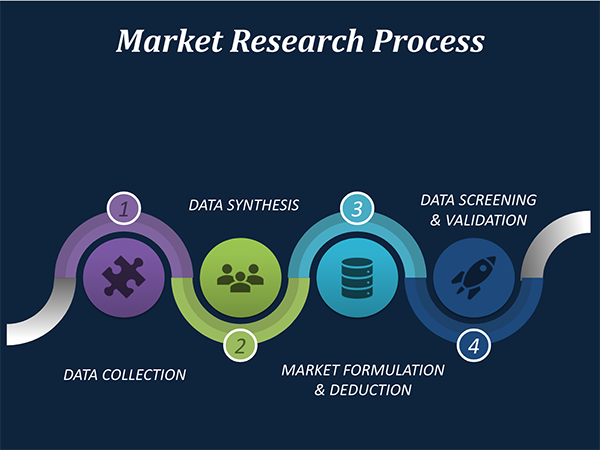
Data Collection: This stage of the market research process involves with the gathering and collecting of the market/industry related data from the sources. There are basically two types of research methods:
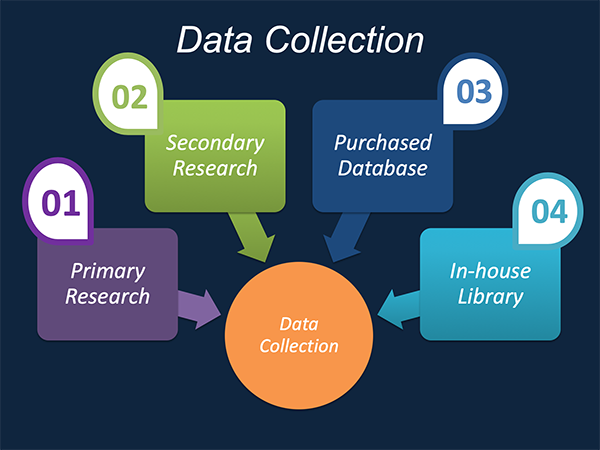
Data Synthesis: This stage includes the evaluation and assessment of all the data acquired from the primary and secondary research. It likewise includes in evaluating the information for any disparity watched while information gathering identified with the market. The data & information is gathered with consideration to the heterogeneity of sources. Scientific and statistical methods are implemented for synthesizing dissimilar information sets and provide the relevant data which is fundamental for formulating strategies. Our organization has broad involvement with information amalgamation where the information goes through different stages:
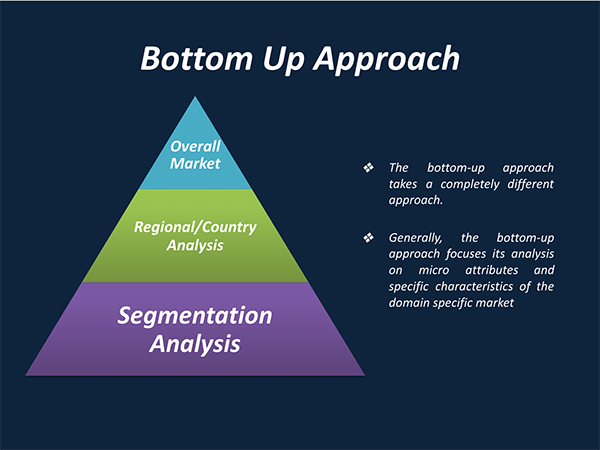
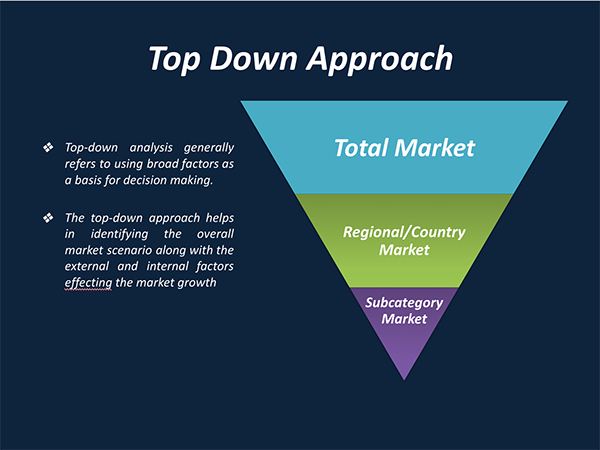
Market Formulation & Deduction: The last stage includes assigning the data & information in a suitable way in order to derive market size. Analyst reviews and domain based opinions based on holistic approach of market estimation combined with industry investigation additionally features a crucial role in this stage.
This stage includes with the finalization of the market size and numbers that we have gathered from primary and secondary research. With the data & information addition, we ensure that there is no gap in the market information. Market trend analysis is finished by our analysts by utilizing data extrapolation procedures, which give the most ideal figures to the market.
Data Validation: Validation is the most crucial step in the process. Validation & re-validation through scientifically designed technique and process that helps us finalize data-points to be used for final calculations. This stage also involves with the data triangulation process. Data triangulation generally implicates the cross validation and matching the data which has been collected from primary and secondary research methods.
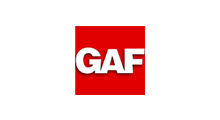

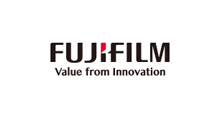
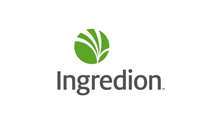

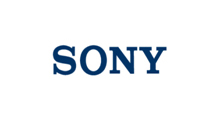
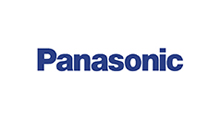
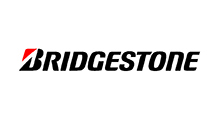
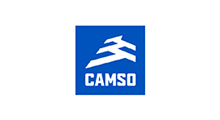
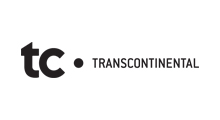
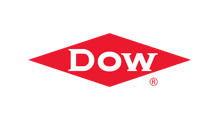
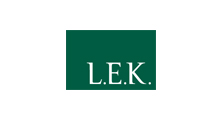

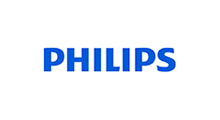
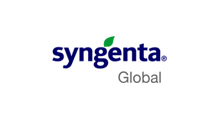
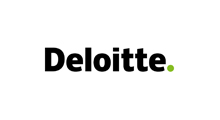

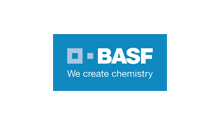
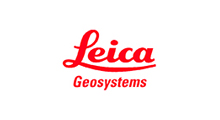
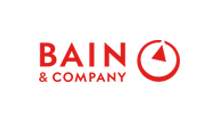
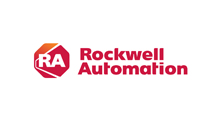
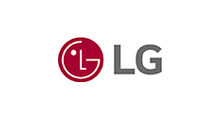
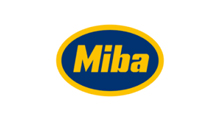
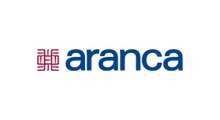
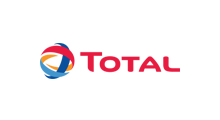
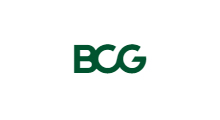
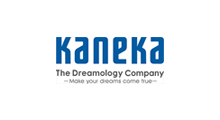
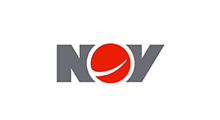
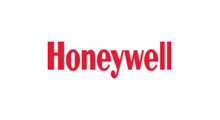
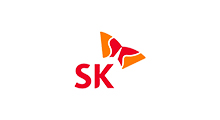
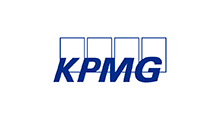
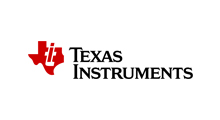
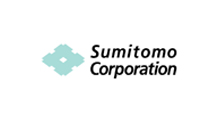
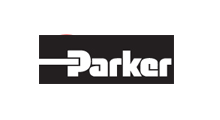
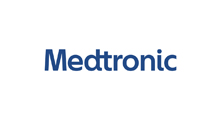
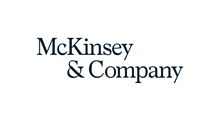


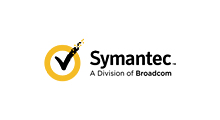
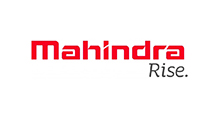
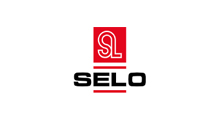
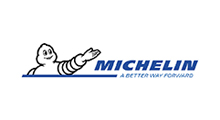

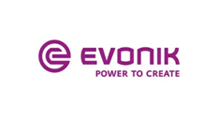

Free Customization
Countries can be added on demand
Free yearly update on purchase of Multi/Corporate User License
Companies served till date

We serve our customers 24x7 for 365 days through calls, emails and live chat options.

Huge database of exceptional market reports bringing market intelligence to your fingertips.

SSL enabled, we offer you various secured payment options for risk free purchase.